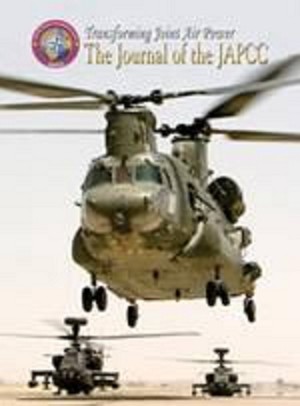Japcc Journal Edition 8, 14 Very High Altitude Reconnaissance

Until quite recently, any thought of using high altitude airships (HAA) as surveillance platforms was probably dismissed as science fiction. In the last few years, a range of novel technological solutions, combined with a renewed determination to address the challenges that remain, has meant that the HAA may now be a serious alternative to the satellite. Factors including high cost, limited payload, large bandwidth requirements, limited persistence (for all except geostationary orbits) and high free space loss make satellites a less than ideal solution in many cases. The HAA has the potential to produce higher resolution imagery at lower cost and to loiter in an area of interest for months on end. For these reasons alone, the HAA concept is worth examining in some detail.
An unmanned stratospheric sensor and relay platform (SSRP) in a geostationary position at an altitude of around 20 km, with an endurance of 12 to 18 months, the reusability and the capability of carrying and autonomously operating a user defined mix of different sensors & effectors (payload > 5 tonnes) could provide a multi-mission capability which cannot be achieved by other platforms. The SSRP could also be used as a combat net radio relay station, as a replacement for satellite radio and as a Link 16 node for tactical data links.
Besides airspace surveillance, the radar system serves the need for Ground Moving Target Indication (GMTI) and Change Detection by means of a Synthetic Aperture Radar (SAR), located underneath the SSRP. Altogether these UAS capabilities will boost Intelligence, Surveillance & Reconnaissance (ISR) to an extent where the SSRP itself will become a development platform for worldwide research leading to further technological progress exceeding the capabilities available today by far.
Continuous day and night operations are based on regenerative technologies, self propellant systems, and autonomous mode including auto calibration capability and remote software support.
The SSRP could provide the operational commanders with a high-end, persistent ISR and communication relay platform. Moreover, low operating costs should provide the opportunity to make an efficient and effective contribution to joint and combined operations, as well as reducing the demands on valuable satellites and conventional platforms. There is a debate to be had in this exciting developmental area.
Company Center: COS-Systems
